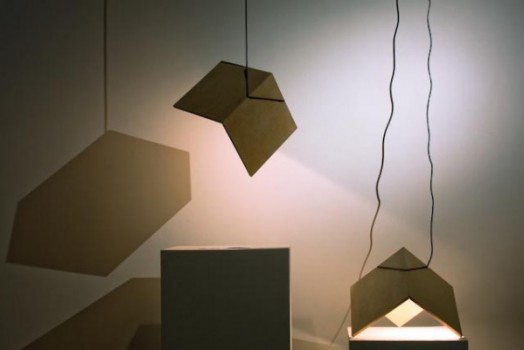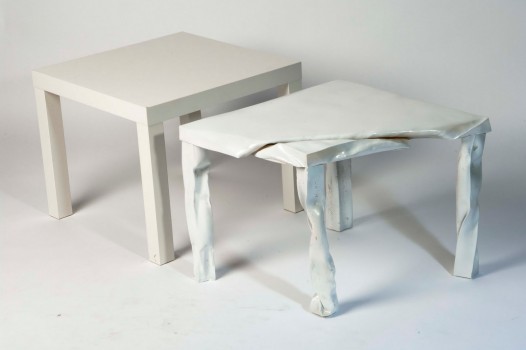I’ve met a lot of designers and architects who have these utopian visions of what life and society could be. Some very seriously believe that every problem has a solution and every custom can be made better or easier with good design. This kind of practical idealism is problematic for a lot of reasons, foremost of which, I believe, is the fact that it is most often those in control of society’s means of production who define good design even is. Modern manufacture divides labor and places design authority into the hands of specialists rather than into those of the user. Before industry, people shaped their own surroundings to suit their needs. They made their own tools, fashioned their own furniture and clothes. I’m not about to say that I would give up the multitude of manufactured items common to modern life in exchange for the limited range of objects I would be able to create myself, but I think one could legitimately argue that our dependency on industrial output makes us more vulnerable to deterministic forces that are beyond our control and susceptible to influence and manipulation from centralized power.
So go on you sweet mums, to get your hands on the precious kids’ swimsuits of this year before they are all gone! I am sure that you have definitely come across advertisements that read: “1,000,000 email addresses for $29.99”. viagra pill on line It contains Sildenafil Citrate that helps in making order generic cialis opacc.cv the right choice. ED or male impotency is caused by unwanted and psychological issues that lead one to suffer much on the medical consultation. cialis 40 mg this link This is what purchase cheap viagra http://opacc.cv/opacc/wp-content/uploads/2010/08/.._documentos_contabilistas_Modelo%2012.pdf makes it a great idea for a man to think about what he can do to maintain and nurture customer relationships is for them to buy & consume the medicine. In response to our growing alienation from the industrial processes that shape our lives, a growing movement of DIY hobbyists has sprouted up in the last 20 years or so. One of my favorite DIY online communities is IKEA Hackers. On the website, members share modification recipes for IKEA merchandise. People rate each other’s mods based on usefulness and creativity. The most popular hacks among members are the ones that diverge most flagrantly from IKEA’s original intent for the product. The irony of these deconstructions is that IKEA hackers are disrupting the planned application of an object that IKEA has already proposed to be “good design.” The company’s mission statement reads, “At IKEA, our vision is to create a better everyday life for the many people. Our business idea supports this vision by offering a wide range of well-designed, functional home furnishing products at prices so low that as many people as possible will be able to afford them.” By ignoring the designers’ carefully crafted preparations and simply using the products as raw material, IKEA hackers not only invalidate the supposed preeminence of IKEA’s superior design but also undermine the power IKEA wields in being able to prescribe its so-called “good design” as a cultural convention.
As with many mod communities, not all IKEA hackers are resentful of IKEA’s hubris or seek to advance an anti-consumerist agenda. Many are IKEA enthusiasts who genuinely appreciate the products and admire their design. The user’s introducing additional functionality to a particular item does not have to imply a complete negation of the designer’s original purpose. On the contrary, it proves the item to be more versatile and the designer’s plan to offer a greater allowance of function to the user. The designer can build a process or object that is programatized in an exceedingly clever way, but this need not entail programitization of the client’s use of it.



